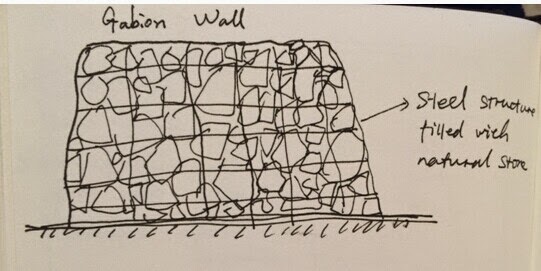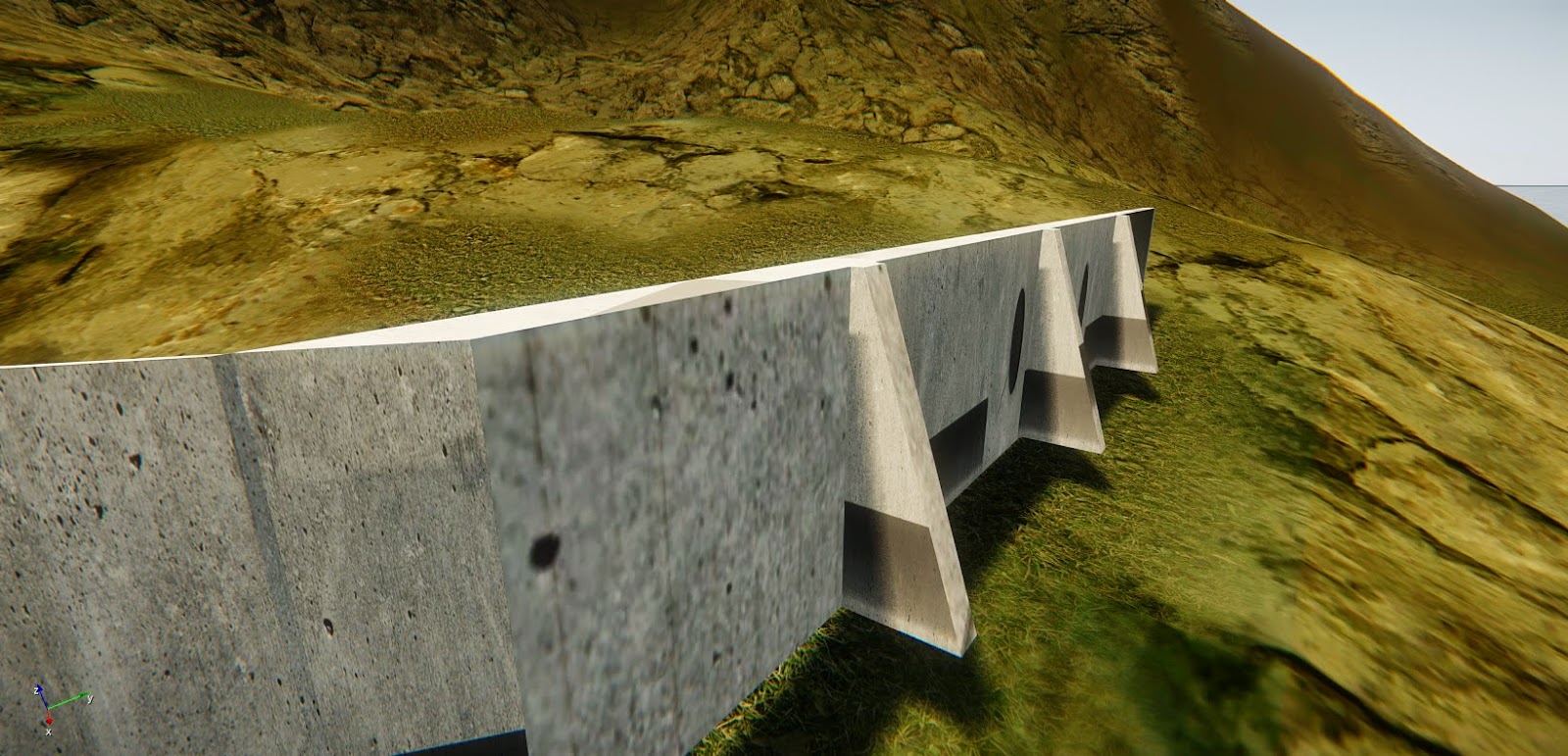Task for today:
BEFORE:
AFTER:
Independent study:
Material research:
CONCRETE: Concrete is a composite material composed
mainly of water, ggreate, and cement. Usually there are additives
and reinforcements included to achieve the desired physical properties of the
finished material. When these ingredients are mixed together, they form a fluid
mass that is easily molded into shape. Over time, the cement forms a hard
matrix which binds the rest of the ingredients together into a durable
stone-like material with many uses. Concrete is a very steady and long-life
material and it is not harmful to the environment. Today, it is the most widely
used man-made material. It could be used for large public buildings, house,
indoor or outdoor environment etc.
STEEL: Steel is an alloy of iron and arbon that is widely used
in construction and other applications because of its hardness and tensile strength.
Carbon, other elements, and inclusions within iron act as hardening agents that
prevent the movement of dislocations that
naturally exist in the iron atom crystal
lattices. The carbon in typical steel alloys may contribute up to 2.1%
of its weight. Varying the amount of alloying elements, their formation in the
steel either as solute elements, or as precipitated phases, retards the
movement of those dislocations that make iron so ductile and weak, and thus
controls qualities such as the hardness,
ductility, and tensile strength of the resulting steel. Steel's strength
compared to pure iron is only possible at the expense of ductility, of which
iron has an excess. Steel is one of the world's most-recycled materials, with a
recycling rate of over 60% globally; in
the United States alone, over 82,000,000 metric tons (81,000,000 long tons) was
recycled in the year 2008, for an overall recyclying rate of 83%.
SANDSTONE: Sandstone (sometimes known as arenite) is a clastic sedimentary rock composed mainly of and-sized inerals or rock grains. Most sandstone is composed of quartz and/or feldspar because these are the most common minerals in the Earth' s crust. Like sand, sandstone may be any colour, but the most common colours are tan, brown, yellow, red, grey, pink, white and black. Since sandstone beds often form highly visible cliffs and other topographic features, certain colours of sandstone beds often form highly visible cliffs and other topographis features, certain colours of sandstone have been strongly identified with certain regions.
Week 8 Lecture Reflection:
This week' s lecture we looked at some of
other students' workes, and also learned about the material of concrete, steel
and brick. Such as what they are used for, the structure and components.




























